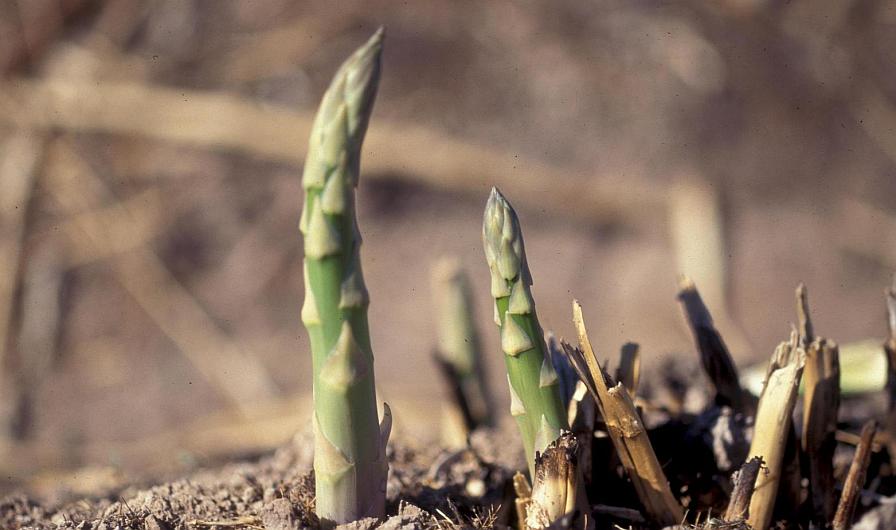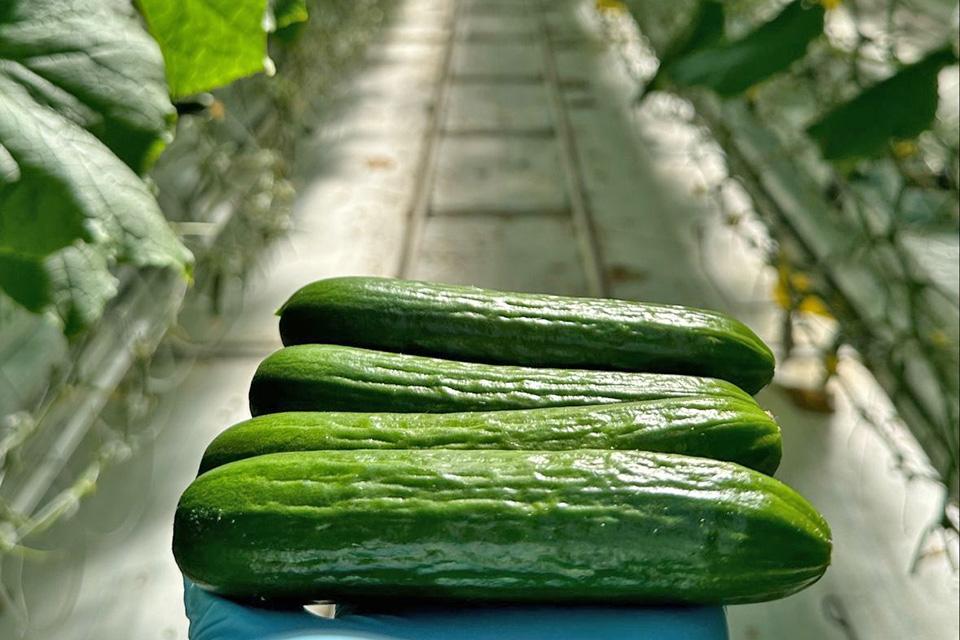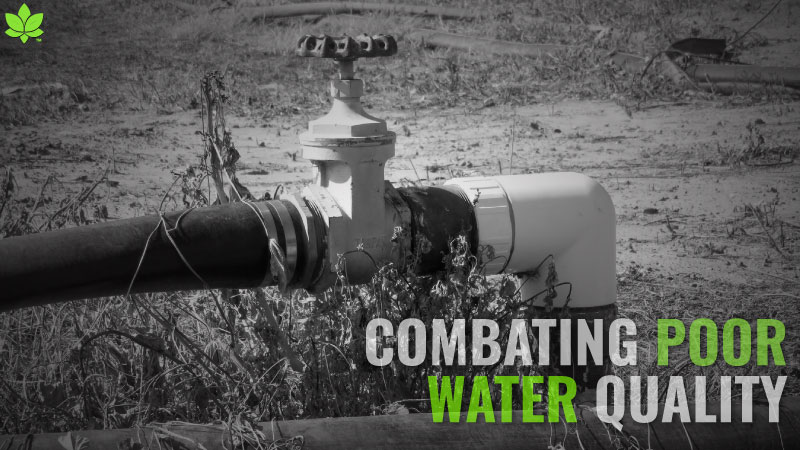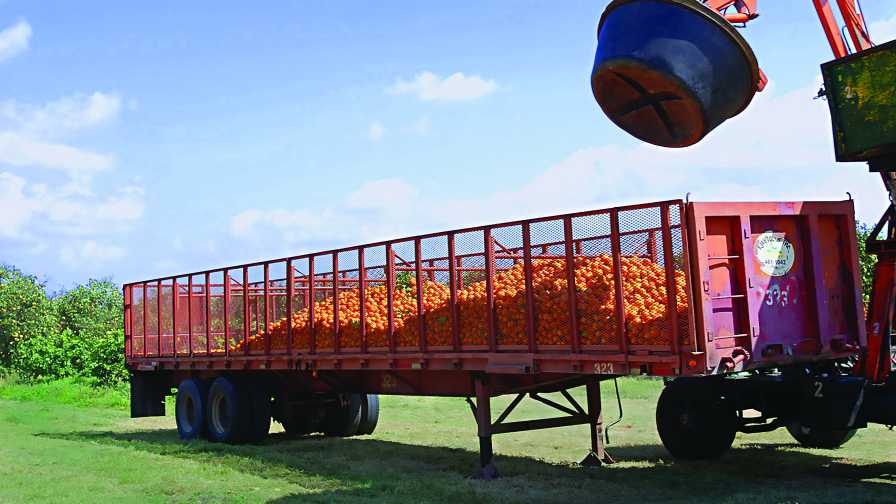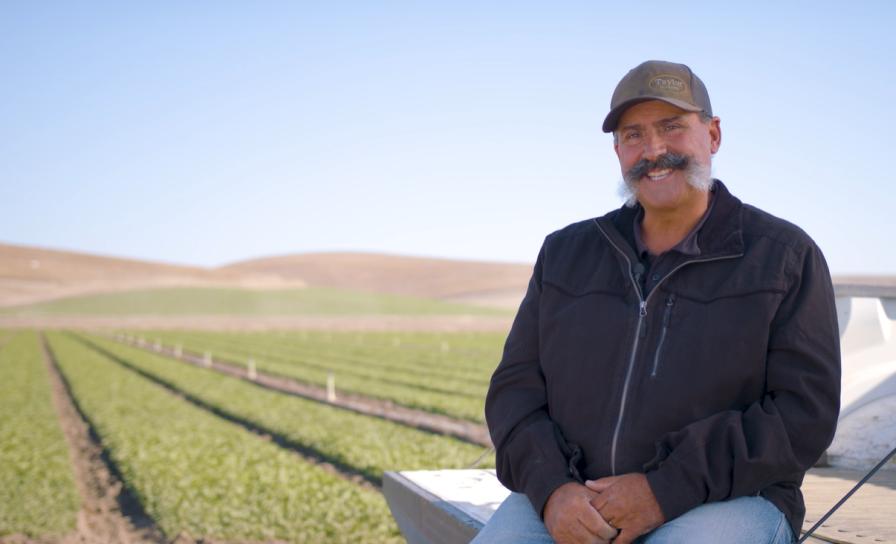Food Safety: Controlling Hazards in Growing Season
Last week at the Southeast Regional Fruit & Vegetable Conference in Savannah, GA, the topic of food safety garnered several sessions in the educational tracks. As the Food Safety Modernization Act (FSMA) was signed into law more than a year ago, William C Hurst, a professor and Extension specialist at the University of Georgia, discussed how a new food safety plan that includes “Hazard Analysis” and “Preventive Control” will be a part of the new law.
“This plan (the Hazard Analysis Preventive Control program) is a prevention-oriented, risk-based tool that is designed to identify, control, and document hazards,” said Hurst. “You need to prove by documentation that you have control over those hazards you have identified.” Growers must identify any hazards from the time they plant the seed through to harvest, and then assign a control measure (i.e., sanitation step) to each defined hazard, he added.
A control measure is a physical, chemical, or other factor that can control or minimize risk. “Once you create a control measure, you have to go through monitoring and record keeping,” said Hurst. “You need to document that you have control of the hazards.”
For example, Hurst encourages growers to take samples of their irrigation water, have it analyzed, and then keep track of the results of the analysis. “This is documentation that your irrigation water is safe,” he explained.
Hurst was quick to point out to the growers in the room that the Hazard Analysis Preventive Control program isn’t a stand-alone food safety program. The new program is HACCP (Hazard Anaylsis Critical Control Point)-based, but geared to fresh produce. He compared these programs to a heavy oak table with the safety program as the top, supported by four legs, the “prerequisite programs” — GAPs (Good Agricultural Practices), SOPs (Standard Operating Practices), SSOPs (Sanitation Standard Operating Practices), and GMPs (Good Management Practices) — that need to go along with it.
For example, he said the “Guide to Minimize Microbial Food Safety Hazards for Fresh Fruits and Vegetables” or “GAPs document” (1998) from FDA tells growers what to do to minimize pathogen contamination, but the document doesn’t tell them how to get the job done. An SOP indicating that harvest and packing lines must be cleaned daily to prevent product cross contamination provides growers with the “how-to” information they need to accomplish good agricultural practices.
The principles of food safety, added Hurst, are the same for all growers. These programs can be tailored for small, medium, and large operations. “It can be done and it needs to be done,” he said.
HACCP-based GAPs Workshop
Growers looking for more information may attend the Fresh Produce GAPs/HACCP Workshop that will be held at the University of Georgia Feb. 21-23.
The hands-on workshop will focus in on developing a HACCP-based “Hazard Analysis Preventive Control Program,” including GAPs, SOPs, SSOPs, and GMPs, specifically for farm and field operations, packing facilities, cold storage operations, and produce shippers.
For more information, see the calendar at the Extension Food Service website at http://EFSonline.uga.edu.





